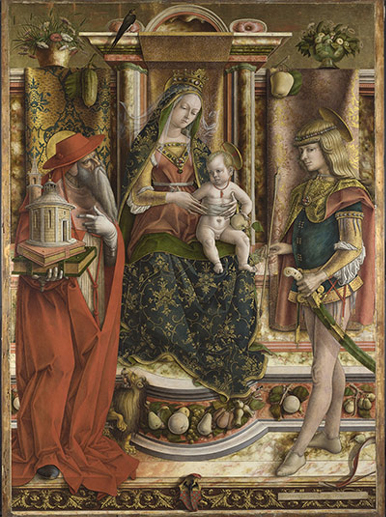Devotion by Design, at the National Gallery. By Andrew Graham-Dixon.
"Devotion by Design" is a radiantly beautiful exhibition shot through with polemical intent. The assembled exhibits are all altarpieces, or fragments of them, created in Italy between about 1350 and 1500; and all have been drawn from the National Gallery’s own formidable collection of Renaissance art. But this show, curated by the art historian Scott Nethersole, does not whole-heartedly celebrate the richness of that collection. Instead, it aims to expose the extent to which such sacred objects have been distorted by their absorption into the modern, secular space of the art gallery.
The exhibition is constructed around the idea of absent settings and missing experiences. It opens with a selection of paintings which themselves illustrate the different religious contexts – both architectural and liturgical – from which they have long since been removed. Sassetta’s Funeral of St Francis, of c. 1437-44, shows that sacred event taking place in a church in front of an elaborate gilded polyptych of an altarpiece, as Francis’s followers and fellow-friars light candles and carry processional crosses and banners, while singing and weeping out their grief. The curator’s point is straightforward if melancholic: to encounter an altarpiece away from its original altar, and away from the rituals for which it once served as a focal point, is not unlike contemplating a piece of stage scenery without the theatre, or the play, that once gave it meaning.
There can be a striking degree of violence involved in such dislocations. Piero della Francesca’s solemn, sword-wielding St Michael, which the modern viewer is forced to admire as a single-panel portrait of remote and saintly fortitude, was once part of a huge polyptychal altarpiece in the church of Sant’Agostino in the town of Borgo San Sepolcro. That work was positively...


